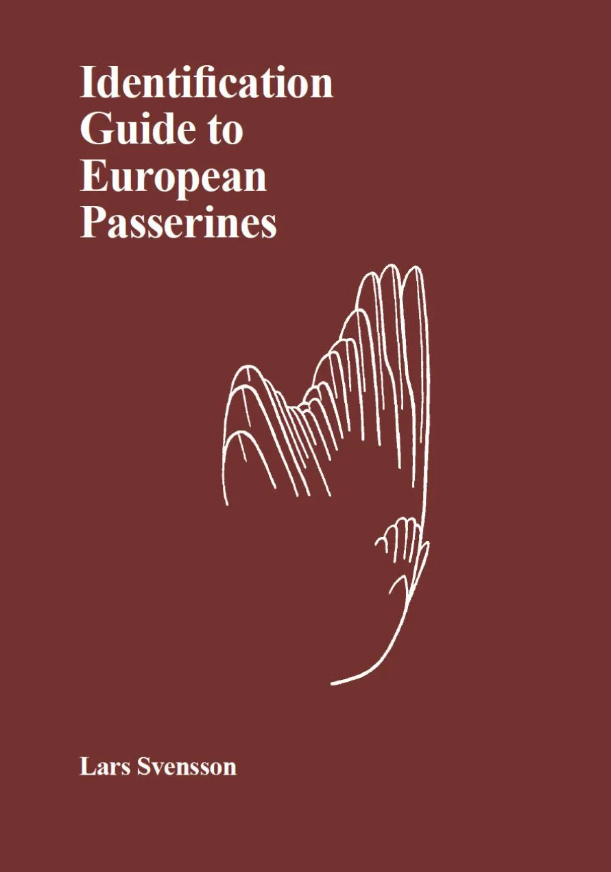Identification Guide to European Passerines

- Identification Guide to European Passerines (Lullula Förlag, 2023).
- 448 pages; 500+ b/w illustrations.
- ISBN: 9789198516685. Pbk, £19.99.
This is now the fifth edition of the Identification Guide to European Passerines (IGEP), perhaps better known by the monikers 'The Ringer's Bible' or, quite simply, 'Svensson'. This European ringer's companion has been well received throughout its lifetime, with the first edition published back in 1970, and has dominated the field ever since. The latest IGEP boasts an additional 38 species to the previous edition, and more than 500 line drawings.
The 43-page introduction is well written and should be read and understood before delving into the species accounts, for it details the intended use of the book, offers guidelines on taking measurements and gives an overview of ageing and sexing. Indeed, the notes on what to do if a suspected rarity (or a tricky-to-identify species) is found should also be heeded.
The order for the species accounts has remained much the same. All species receive an entry on identification, followed by subspecies, moult, ageing and sexing. Each entry is concise and informative, and where appropriate accompanied by line drawings. While simple, they serve their purpose. Arguably, the concise nature of this book and its overall simplicity is IGEP's winning formula.
Taxonomy and sequence have been updated to reflect the latest IOC changes, while the entire text has been totally revised and expanded. Some tricky species pairs are discussed in more detail; for example, the mention of nasal hairs for splitting Marsh and Willow Tits (though the author remains cautious for use of this feature outside of Britain, subject to further study).
Many of the new species derive from splits. This includes pairs such as Isabelline and Red-tailed Shrikes and Red-breasted and Taiga Flycatchers. Svensson acknowledges the direction of travel for 'modern taxonomy' within the foreword, so it's perhaps puzzling to see some accepted splits not fulfilled within this book, with 'Black-eared Wheatear' and 'Eastern Stonechat' still treated as single species – although these accounts do treat the differences between subspecies.
Further species have also been added. These welcome additions include those from North Africa (such as Atlas Flycatcher) and Asia (such as Rufous-tailed Robin). It should be mentioned that no North American species are included, but other guides, namely Pyle, already exist for this region.
Though this book doesn't serve as a field guide, that doesn't mean it can't be used by non-ringers. In fact, I'd recommend this book to anyone with an interest in ageing and sexing, or subspecific ID. This long-awaited revised edition of IGEP will go on to fulfil European ornithologists' needs and has reset the bar for other ringing guides.


